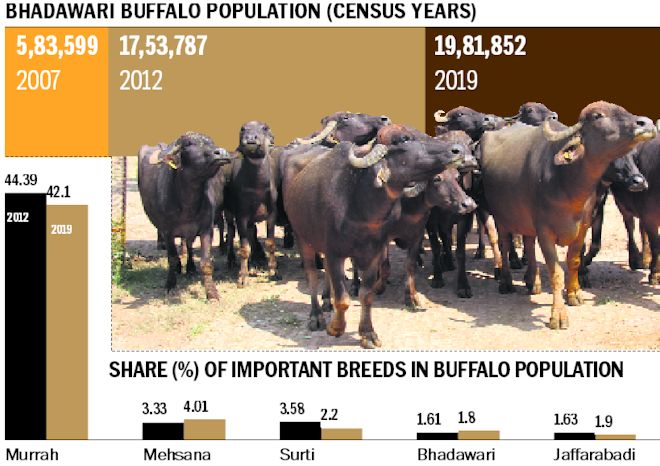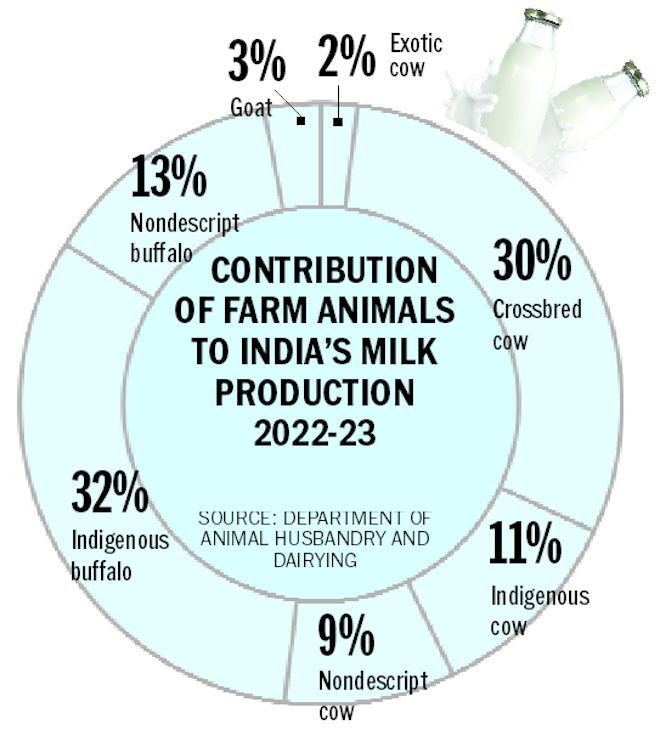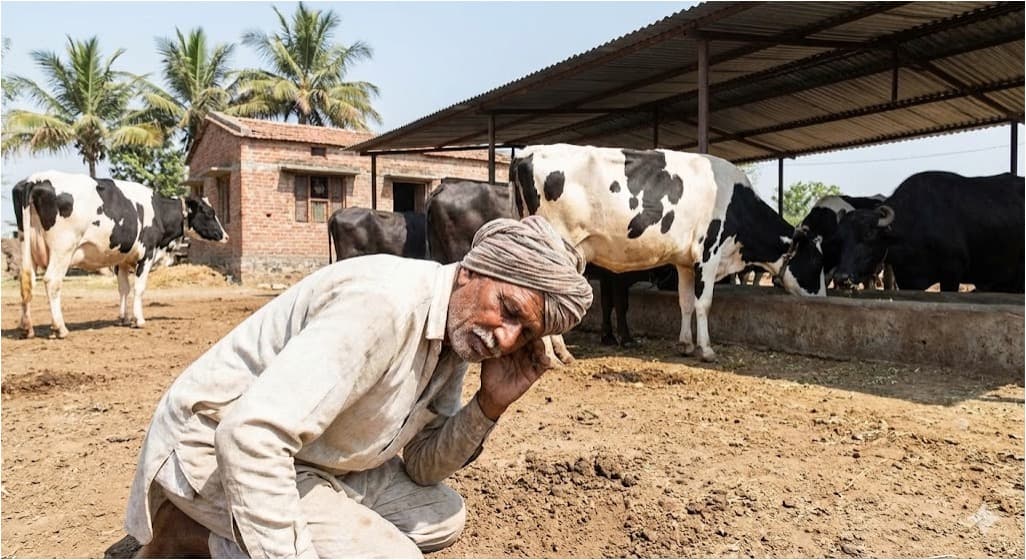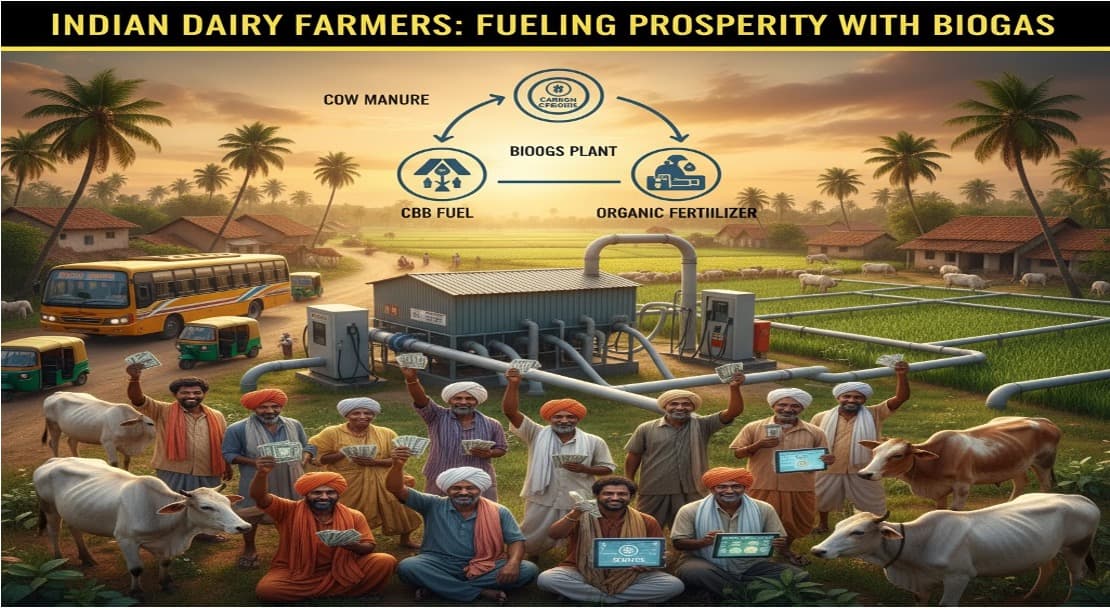Infocus Agriculture Livestock Sector: Focus on Bhadawari buffalo for climate-resilient dairying
BP Kushwaha and Bishwa Bhaskar Choudhary
INDIA, with its diverse climatic conditions and agricultural practices, has long relied on the livestock sector for sustenance and economic stability. However, around 70 per cent of the dairy animals are owned by marginal and small farmers. Buffalo farming is an important component of the sector, constituting around 21 per cent of the livestock population in the country and accounting for around 45 per cent of the national milk production. The Murrah breed has the highest share (42 per cent) in India’s buffalo population. In order to increase milk production, indiscriminate crossbreeding of other buffalo breeds with Murrah in the past three to four decades has notably diminished significant breeds, particularly Bhadawari. According to government data, the national Bhadawari population was around 1.3 lakh in 1977. However, as per reports, it fell to around 50,000 by 1997.
By fostering deeper understanding of the Bhadawari buffalo’s ecological adaptability and economic benefits, farmers can be encouraged to actively participate in its conservation. Private dairy players need to be brought into the fold of the Bhadawari conservation efforts. Policies should be formulated to incentivise and promote the integration of this breed into private dairy ventures. This can be achieved by highlighting its advantages, particularly its milk’s suitability for various dairy products.

Bhadawari buffaloes also offer superior milk quality, further enhancing their role in sustaining livelihoods of dairy farmers. The milk produced by the Bhadawari is renowned for its high fat ranging from 7 per cent to 14 per cent, making it ideal for various dairy products. Moreover, the milk fatty acid profile of Bhadawari buffaloes is comparable with that of other breeds. The superior composition of their milk not only meets consumer preferences but also provides economic benefits to farmers.

The Bhadawari is a cost-effective option for farmers. The breed’s lower body weight results in a decreased need for feed to sustain it on the farm. The capability of Bhadawari buffaloes to thrive on suboptimal and variable forage resources enhances their adaptability in the face of fluctuating feed and fodder availability. Consequently, possessing a breed capable of efficiently converting diverse forage into high-quality milk becomes a strategic advantage, particularly for small dairy farmers who wield influence in the Indian dairy sector. This adaptability ensures that Bhadawari buffaloes continue to contribute to the productivity of the dairy sector, even when confronted with challenges arising from insufficient fodder availability.









